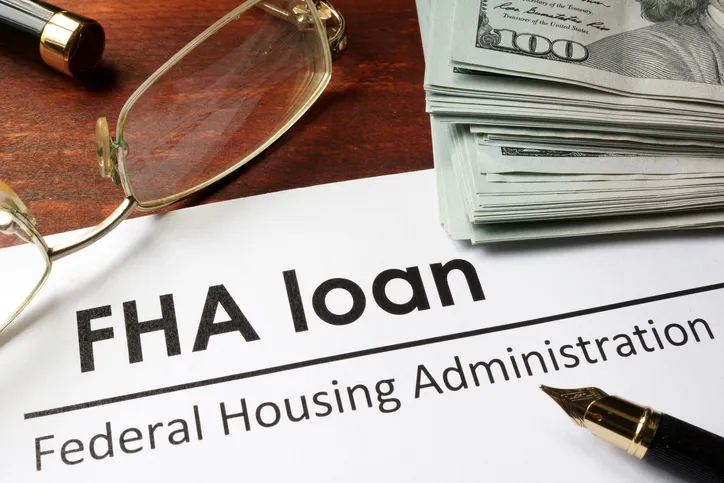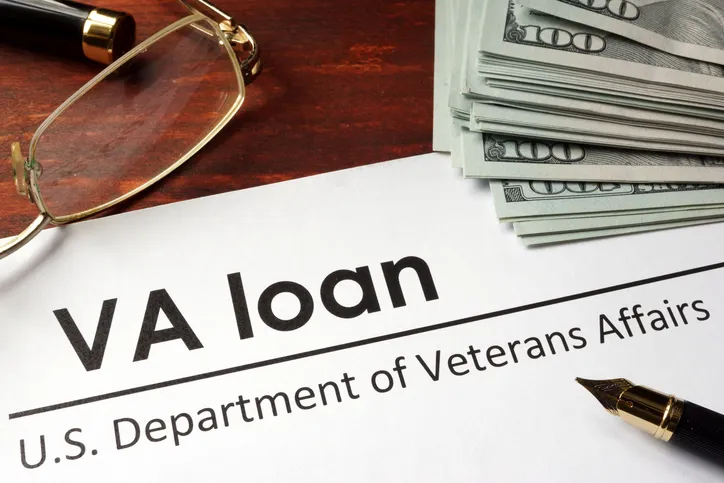VA loans and FHA loans both aim to make homeownership more accessible, but they serve different groups and have distinct rules. VA loans, backed by the Department of Veterans Affairs, are available to eligible service members, veterans and some surviving spouses, often offering no down payment and no mortgage insurance. FHA loans, which the Federal Housing Administration insures, are accessible to a wider range of borrowers with lower credit scores and smaller down payments. When comparing VA vs. FHA loans, the main differences lie in eligibility requirements, upfront and ongoing costs and mortgage insurance.
A financial advisor can help you save for a down payment and plan for a home purchase. Connect with a financial advisor for free.
VA Loan vs. FHA Loan: What’s the Difference?
VA and FHA loans differ mainly in who backs them and how their costs are structured. The Department of Veterans Affairs guarantees VA loans, which reward military service by eliminating both the down payment and mortgage insurance. Lenders are protected by the VA guarantee. In turn, this reduces the risk of borrower default and allows for favorable interest rates and flexible underwriting.
FHA loans, meanwhile, are insured by the Federal Housing Administration. These loans cater to a broader pool of borrowers, including first-time buyers with limited savings or weaker credit histories.
Another key distinction lies in property standards and appraisal requirements for these loans. VA loans require homes to meet the VA’s Minimum Property Requirements, focusing on safety and livability. On the other hand, FHA appraisals emphasize market value and condition but are generally more lenient. Additionally, VA loans restrict certain closing costs that veterans can pay, whereas FHA loans have no such limits.
These structural differences can make VA loans more cost-effective for eligible borrowers. However, FHA loans are more accessible for those who don’t qualify for VA benefits.
VA Loan vs. FHA Loan: How to Qualify

Qualifying for a VA or FHA loan involves meeting different sets of criteria. Specifically, these relate to eligibility, credit, income and upfront costs.
Eligibility
Eligibility is the most fundamental difference between VA and FHA loans. VA loans are reserved for current and former members of the U.S. military, National Guard or Reserves, as well as some surviving spouses. Borrowers must obtain a Certificate of Eligibility (COE) from the Department of Veterans Affairs to verify that they meet service requirements. FHA loans, on the other hand, are available to all qualified borrowers, regardless of military status, provided the home will be their primary residence.
Credit Score
Credit standards differ significantly between the two programs. The VA does not impose a minimum credit score requirement. That said, most private lenders set their own thresholds, typically around 620.
In comparison, FHA loans are more lenient, allowing borrowers with credit scores as low as 580 to qualify with a 3.5% down payment. Applicants with scores between 500 and 579 may still get approved if they can make a larger down payment of at least 10%.
Down Payment
VA loans generally require no down payment, making them appealing for qualified service members who wish to preserve cash reserves. FHA loans require a minimum down payment of 3.5% for borrowers with a credit score of 580 or higher. The required down payment rises to 10% for those with lower credit scores.
Debt-to-Income Ratio
Both programs evaluate debt-to-income (DTI) ratios to assess a borrower’s ability to manage monthly payments. The VA typically looks for a DTI ratio of 41% or lower, though lenders can approve higher ratios if other factors, including strong residual income, offset the risk. FHA loans usually set a benchmark DTI limit of 43%. However, exceptions may apply for borrowers with higher incomes or substantial savings.
Additional Requirements
Both loans require the borrower to occupy the property as a primary residence. VA loans cap certain closing costs, while FHA loans allow broader cost-sharing arrangements. In terms of fees, VA loans include a one-time funding fee (waived for qualifying disabled veterans). FHA loans require both an upfront and annual mortgage insurance premium that continues for much of the loan’s life.
Fees and Costs
VA and FHA loans both help borrowers access affordable financing, but their cost structures differ in meaningful ways.
For one, VA loans do not require private mortgage insurance (PMI), which can significantly reduce monthly payments over time. Instead, most borrowers pay a one-time VA funding fee that helps offset the program’s cost to taxpayers. This fee ranges from 1.25% to 3.30% of the loan amount, depending on the borrower’s down payment and whether it’s their first use of VA loan benefits. Veterans with qualifying service-connected disabilities are exempt. 1
FHA loans, on the other hand, use mortgage insurance to safeguard lenders against potential losses. Borrowers pay an upfront mortgage insurance premium (MIP) equal to 1.75% of the loan amount, which can be added to the total loan balance. They also owe an annual MIP, ranging from 0.15% to 0.75%, 2 that’s divided into monthly installments and included in their mortgage payments.
Additionally, FHA loans involve standard closing costs, while VA loans limit the fees that veterans can incur, including restrictions on certain lender and attorney fees.
Loan Limits
Loan limits for VA and FHA loans differ based on the type of program and, in some cases, the location of the property.
VA Loan Limits
Qualified borrowers with full entitlement (meaning they have not previously used or have restored their VA loan benefits) are not subject to a formal loan limit. They can borrow as much as a lender is willing to approve them for based on income and credit without making a down payment.
However, if a borrower has partial entitlement, such as an active or defaulted VA loan, county-based limits apply. For 2025, county limits generally match the Federal Housing Finance Agency (FHFA) conforming loan limit of $806,500 in most areas, with higher caps in certain high-cost counties. 3
FHA Loan Limits
FHA loans are always capped, with limits varying by county. For 2025, the FHA “floor” limit for a single-family home in most areas is $524,225. Meanwhile, the “ceiling” in high-cost areas can reach up to $1,209,750. These limits adjust annually based on changes in national home prices. 4
Bottom Line

VA and FHA loans both expand access to homeownership but do so in different ways. VA loans cater to eligible military borrowers with benefits such as no down payment, no mortgage insurance and capped closing costs, often resulting in lower lifetime borrowing costs. FHA loans, available to all qualified buyers, offer a pathway for those with smaller savings or lower credit scores through flexible underwriting and modest down payments. The best choice depends on eligibility, financial profile and long-term affordability goals.
Homebuying Tips
- A financial advisor can help you evaluate how buying a home fits into your overall financial plan. Finding a financial advisor doesn’t have to be hard. SmartAsset’s free tool matches you with vetted financial advisors who serve your area, and you can have a free introductory call with your advisor matches to decide which one you feel is right for you. If you’re ready to find an advisor who can help you achieve your financial goals, get started now.
- Homeownership involves more than just the purchase price. Set aside funds for closing costs, property taxes, insurance and ongoing maintenance so you’re prepared for all expenses associated with your new home.
Photo credit: ©iStock.com/designer491, ©iStock.com/designer491, ©iStock.com/wichayada suwanachun
Article Sources
All articles are reviewed and updated by SmartAsset’s fact-checkers for accuracy. Visit our Editorial Policy for more details on our overall journalistic standards.
- “VA Funding Fee and Loan Closing Costs | Veterans Affairs.” Veterans Affairs, 4 Apr. 2025, https://www.va.gov/housing-assistance/home-loans/funding-fee-and-closing-costs/.
- “What Is the FHA Mortgage Insurance Premium Structure for Forward Mortgage Loans?” HUD.Gov, 2 Dec. 2024, https://answers.hud.gov/FHA/s/article/What-is-the-FHA-Mortgage-Insurance-Premium-structure-for-forward-mortgage-loans.
- FHFA Announces Conforming Loan Limit Values for 2025. U.S. Federal Housing Finance Agency, 26 Nov. 2024, https://www.fhfa.gov/news/news-release/fhfa-announces-conforming-loan-limit-values-for-2025.
- “HUD Announces 2025 Loan Limits.” HUD.Gov, 26 Nov. 2024, https://archives.hud.gov/news/2024/pr24-312.cfm.
